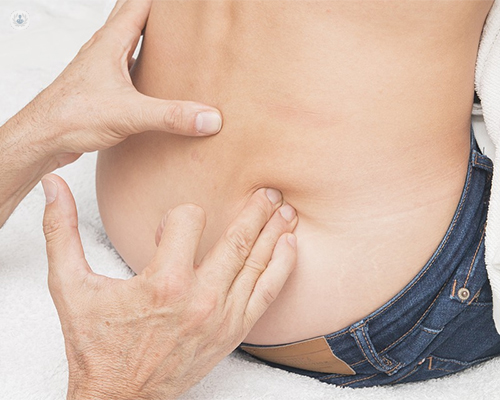Todo lo que necesitas saber sobre las prótesis de cadera y rodilla
Written by:The hip and knee prostheses are mechanical parts that have a design adjusted to the anatomical and functional characteristics of each joint. They are made of different metallic materials, such as steel, titanium, tantalum, plastics such as polyethylene and ceramics, which reproduce the mobility of these joints, eliminate pain and restore the patient's function, thus improving their quality of life.
When is the use of a prosthesis recommended?
The moment of prosthetic replacement of a joint is exclusive to each patient (depending on their functional, sports and even labor expectations) and whether conservative treatments have failed. It does not depend on age, although as a general rule it is necessary to try to delay it as much as possible, provided that the quality of life is acceptable, since as all mechanical parts are subject to wear and young patients should be warned of the possibility Of the future spare part.
It is important to note that the trauma specialist should not be satisfied with the simple x-ray, we must explore and know the patient in detail, as I always say in consultation, we do not operate x-rays, we operate patients.

How do you put a prosthesis?
Replacement of the joint worn by the appropriate prosthesis is performed with maximum respect for the periarticular structures, ligaments, capsule, muscle and tendinous insertions, as well as nearby nerve structures, to achieve the best functional result with minimal complications of pain, bleeding , Infection, stiffness, etc.
That's why we use minimally invasive techniques or mini-drills, first line implants and blood recovery systems, to avoid having to transfuse the patient. To all this must be added experience and results contrasted by time.
Postoperative operation of hip and knee prostheses
In both the hip and knee prostheses, under normal conditions the hospital stay ranges from 3 to 4 days. The difference is significant in terms of the need for rehabilitation and postoperative pain.
The hip does not usually need rehabilitation, if any reeducation of the march and in two months the patient is frankly recovered, and with minimal pain during all this time.
The knee is something else, needs intensive and early rehabilitation. The pain, although with obvious differences between patients, is intense, and makes the first three months of recovery hard.
The results, in the absence of serious complications that thank God are infrequent, are generally magnificent and cause patients to improve their quality of life. All this makes patients more likely to intervene in a new worn joint without the waits and fears of the first time.
Can one patient wear one hip and one knee prosthesis on the same leg? And in both?
Of course, and it is relatively frequent. The patients affected by chronic rheumatic diseases are the ones that can more frequently carry the two hips and the two knees with prosthesis.


